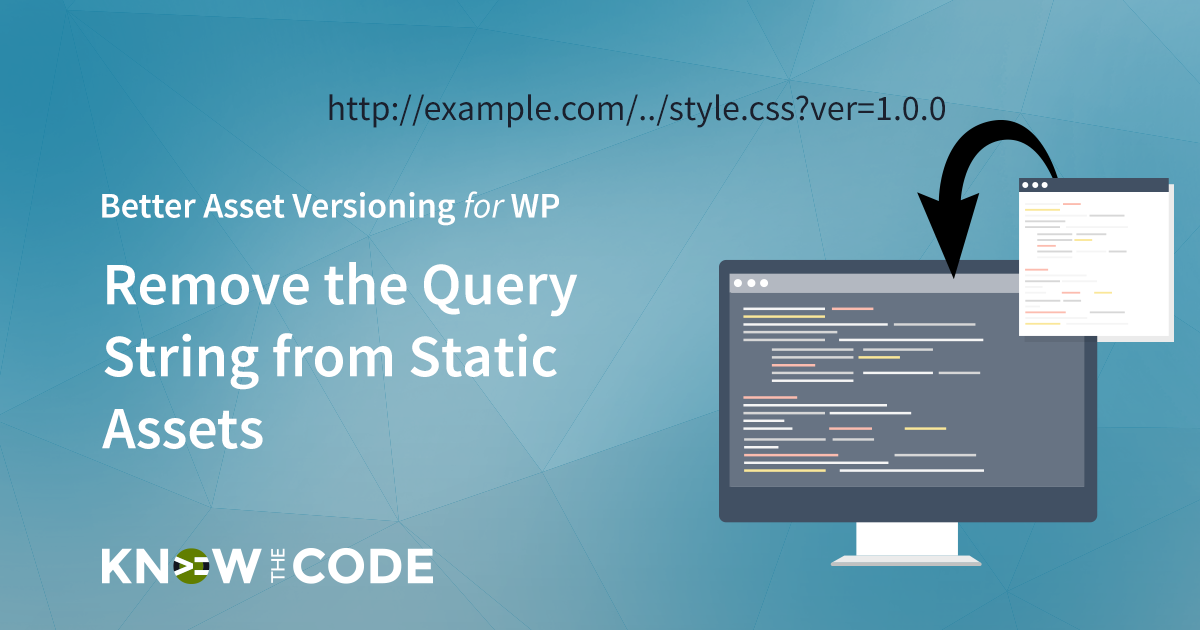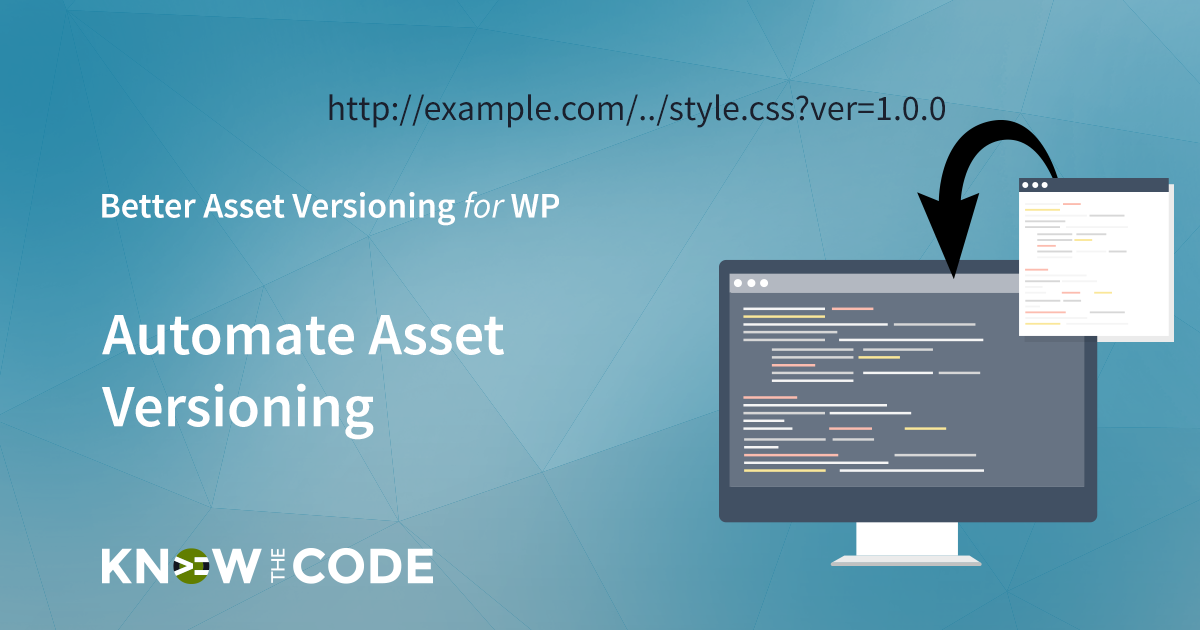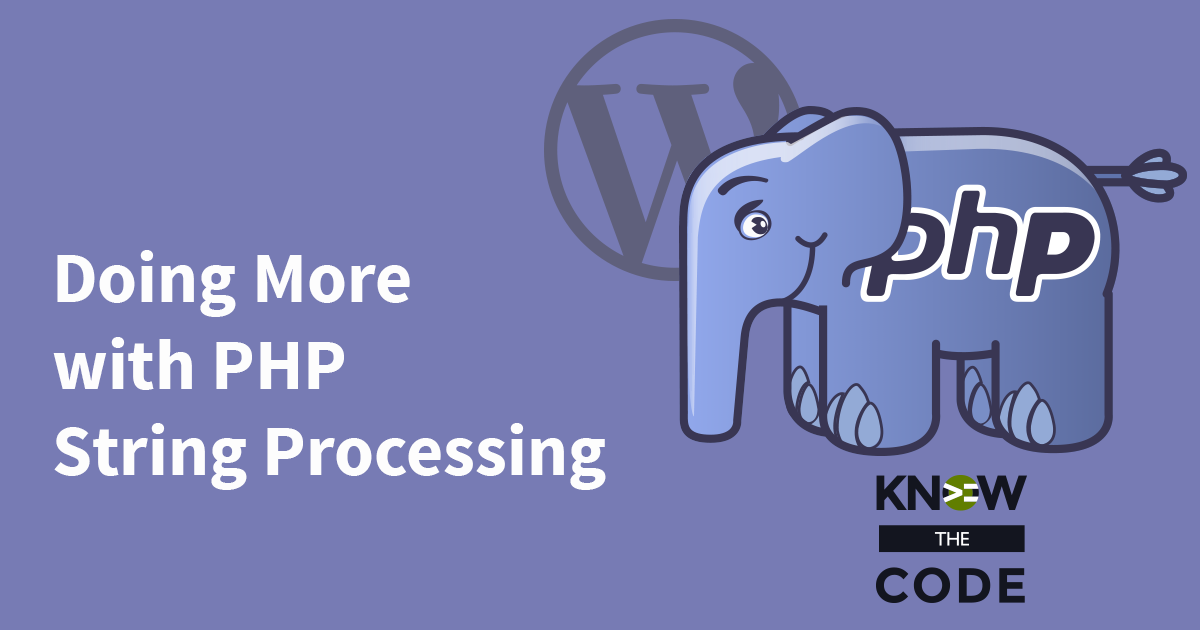Now you understand what a query string is, why WordPress uses it for the version, and why it’s a problem. Now, let’s talk about different strategies to ensure we get the benefits of cache busting. The strategies are: Use a CDN. This is your best strategy for performance. Make sure that all asset resources that you enqueue or load into the DOM have a version assigned to them. ALL of them. Let WordPress handle changing the static URL. Place the assets into a folder that is named by the version number. Embed the version number into the static URL.



